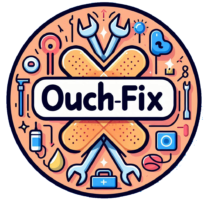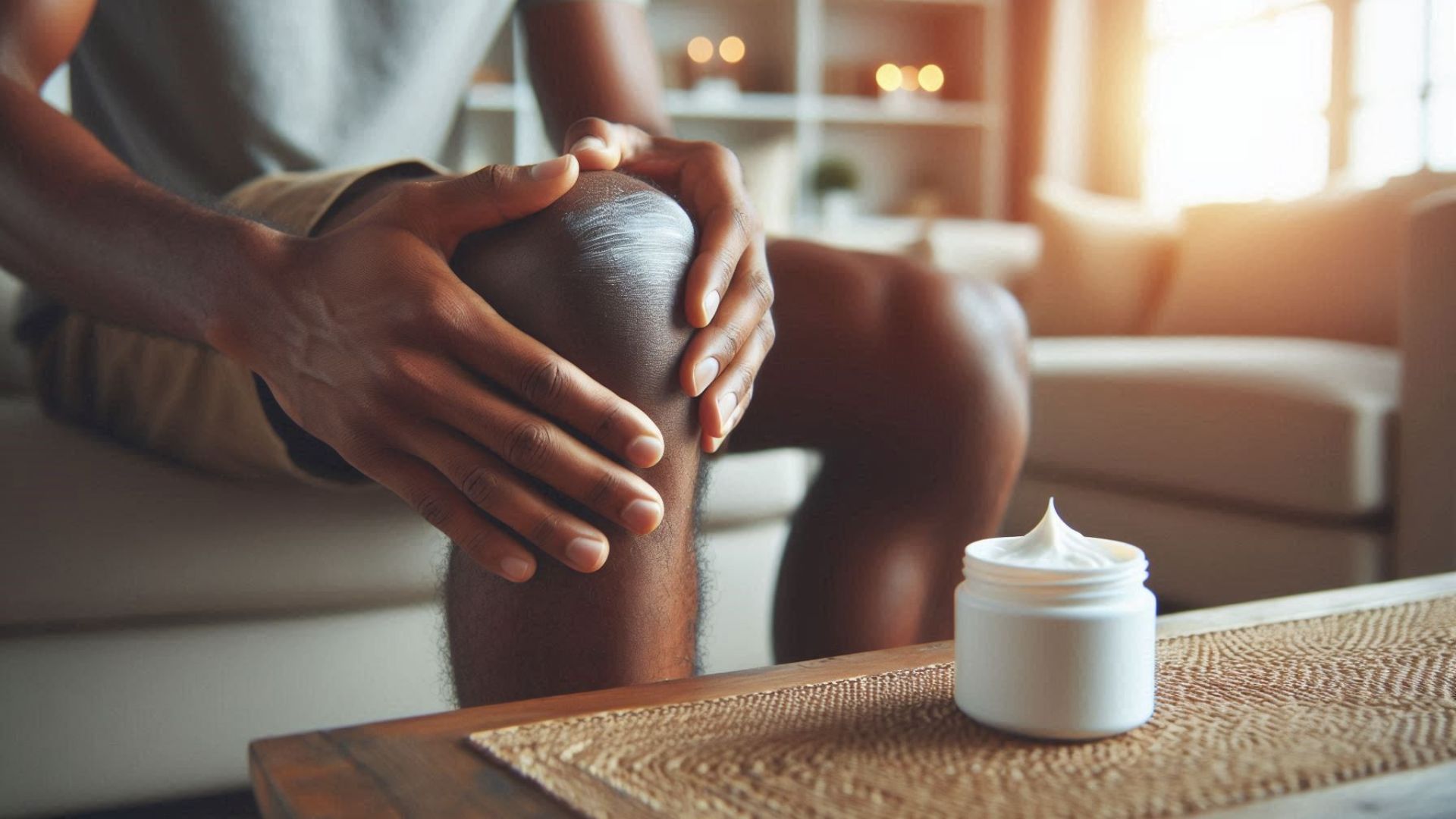Living with arthritis often means living with pain. While arthritis is technically defined as joint inflammation, the reality is that for most people, pain—not inflammation—is the toughest part of the condition.
That pain can show up in many ways: sometimes dull and achy, sometimes sharp and sudden, and sometimes throbbing enough to keep you awake at night. It may flare after a long day on your feet, during times of stress, or even when you least expect it.
The good news? You don’t have to suffer in silence. Arthritis pain can be managed through a combination of medications, natural remedies, lifestyle adjustments, and mind-body techniques. Because no two people experience arthritis in the same way, relief usually comes from experimenting with different approaches and working closely with your healthcare provider.
This guide breaks down 24 arthritis pain relief treatments—covering everything from medical therapies to natural supplements and stress management strategies.
Oral, Injected and Topical Medications

1. Disease-Modifying Medications
For people with inflammatory arthritis such as rheumatoid arthritis (RA) or psoriatic arthritis, the key to reducing pain lies in controlling the disease itself. Medications that slow disease progression include:
- DMARDs (Disease-Modifying Antirheumatic Drugs): e.g., methotrexate, leflunomide (Arava).
- Biologics: engineered drugs that target immune pathways such as TNF (tumor necrosis factor) and IL-1.
- JAK Inhibitors: block Janus kinase enzymes to prevent joint damage.
These require careful monitoring by a rheumatologist but can be life-changing in reducing pain and preventing long-term disability.
2. Oral Pain Medications
Not all pain medications are created equal. Some directly relieve arthritis pain, while others were originally designed for other conditions but proved effective for joint discomfort.
- Acetaminophen (Tylenol): helpful for mild to moderate osteoarthritis pain.
- NSAIDs (Ibuprofen, Naproxen): reduce both pain and inflammation.
- Duloxetine (Cymbalta): an antidepressant also approved for chronic arthritis pain.
- Tramadol (Ultram): a milder opioid prescribed for OA pain resistant to other treatments.
3. Joint Injections
When oral medications aren’t enough, joint injections can bring rapid relief:
- Corticosteroid Injections: reduce inflammation quickly, though relief may be temporary.
- Hyaluronic Acid Injections: often used in knee osteoarthritis to restore natural lubrication.
4. Topical Medications
Topical treatments are applied directly to painful joints and can be very effective without systemic side effects:
- Capsaicin Cream: derived from chili peppers, blocks pain signals.
- Menthol & Camphor: cooling and warming counterirritants.
- Salicylates: aspirin-like compounds.
- Diclofenac Gel (Voltaren): an NSAID in topical form, now available over the counter in many countries.
💡 Expert tip: If you have stomach sensitivity to NSAIDs, topical diclofenac may be a safer alternative.
Diet and Natural Remedies

5. Eat a Healthy Diet
Diet alone won’t cure arthritis, but it can influence inflammation. Consider a Mediterranean-style diet:
- Rich in fruits, vegetables, fish, beans, and whole grains.
- Low in processed foods, refined sugars, and saturated fats.
Some people find that certain foods (like dairy or nightshades) worsen symptoms. Instead of cutting many foods at once, try eliminating one suspected trigger at a time.
6. Lose Extra Weight
Carrying extra pounds puts added stress on weight-bearing joints like the knees and hips.
One clinical study found that overweight adults with knee osteoarthritis who lost 20% of their body weight experienced less pain and better mobility compared to those who lost only 5%. Even small reductions in weight can make a noticeable difference in pain levels.

Biofreeze Professional Gel Pain Relief
Biofreeze Professional Gel provides fast-acting, long-lasting pain relief for muscles and joints with a cooling menthol formula. Ideal for arthritis, back pain, and sore muscles.
Also Read: How do Alternative Medicine Experts View Natural Pain Remedies?
Nutritional Supplements
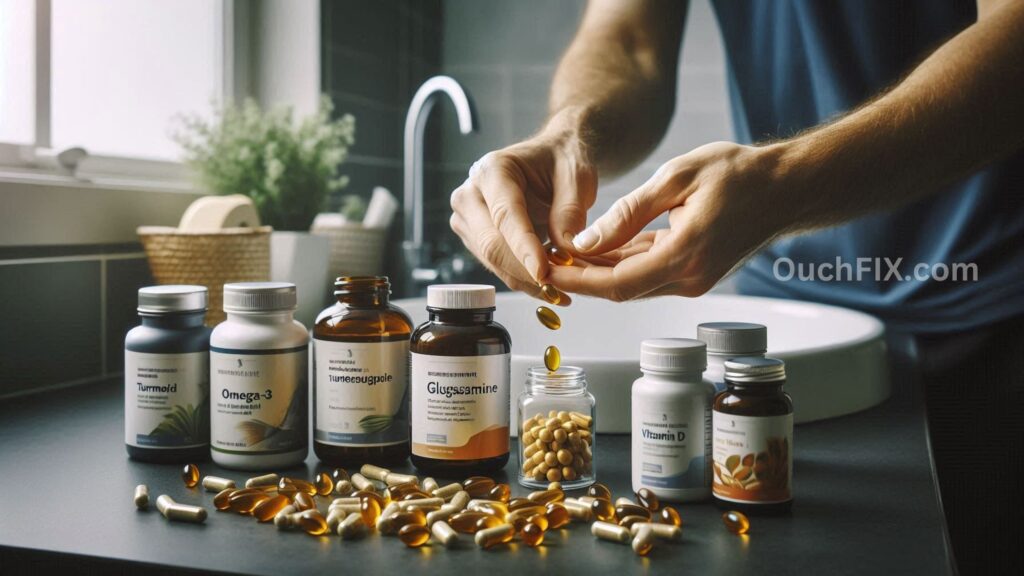
7. Fish Oil
Omega-3 fatty acids found in fish oil are powerful anti-inflammatories. Studies show benefits for people with rheumatoid arthritis, particularly in reducing morning stiffness and joint tenderness.
8. SAM-e
S-adenosyl-methionine (SAM-e) supports joint cartilage and has been shown in some studies to work as effectively as NSAIDs for osteoarthritis.
9. Curcumin
The active ingredient in turmeric, curcumin, has anti-inflammatory effects comparable to ibuprofen in clinical trials. For best absorption, combine curcumin with black pepper extract (piperine).
10. Glucosamine and Chondroitin
Popular supplements for osteoarthritis, though research results are mixed. Some people report noticeable pain relief, while others see little benefit.
11. CBD (Cannabidiol)
CBD doesn’t produce a high but may ease joint pain. Evidence in humans is limited but growing. If trying CBD:
- Choose third-party tested brands.
- Start with low doses.
- Always discuss with your doctor.
12. Medical Marijuana
In states where it’s legal, medical marijuana may help with chronic arthritis pain. However:
- Research on long-term effects is limited.
- It remains illegal in some U.S. states and federally restricted.
Exercise, Physical Therapies, and Devices
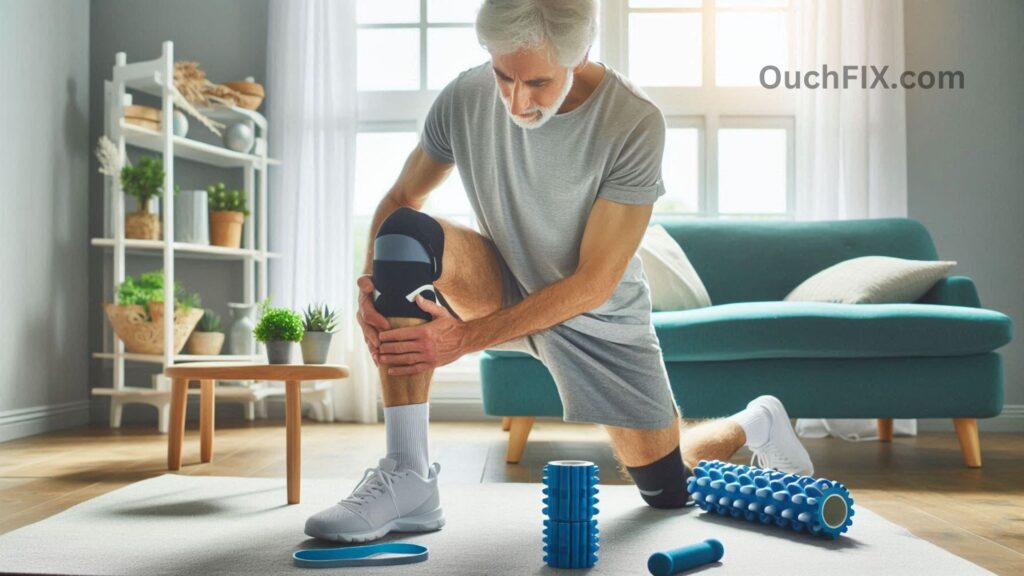
13. Stay Active
Movement reduces stiffness and releases endorphins. Low-impact activities include:
- Swimming
- Cycling
- Yoga
- Water aerobics
💡 Tip: Even a 10-minute daily walk can make a difference.
14. Maintain Good Posture
Poor posture increases strain on joints. Physical therapists can teach ergonomic techniques for sitting, standing, and lifting.
15. Rest When Needed
Balance activity with rest. Overuse of joints can worsen pain.
16. Use Orthotic Supports
Braces, shoe inserts, and splints provide support and redistribute pressure away from painful joints.
17. Try Assistive Devices
Simple tools like jar openers, reachers, and adaptive utensils can make daily life easier.
18. Hot & Cold Therapy
- Heat: relaxes stiff muscles and improves circulation.
- Cold: numbs pain and reduces swelling.
19. Acupuncture
Evidence is mixed, but some people find lasting relief after several sessions.
20. Radiofrequency Ablation (RFA)
A more advanced treatment where nerves near the joint are deactivated using radio waves, providing pain relief for months.joint pain!

Voltaren Arthritis Pain Gel
Voltaren Arthritis Pain Gel provides targeted relief for joint pain and arthritis with a powerful, prescription-strength diclofenac formula. Non-greasy and fast-absorbing.
Also Read: How do I Choose an Ergonomic Chair for Lower Back Support?
Mind-Body Therapies

21. Hypnosis
Helps shift focus away from pain. With practice, self-hypnosis techniques can be used during flare-ups.
22. Biofeedback
Teaches control over body processes like heart rate and muscle tension, helping reduce pain naturally.
A proven psychological therapy that helps reframe negative thoughts and build coping strategies for chronic pain.
23. Cognitive Behavioral Therapy (CBT)
A proven psychological therapy that helps reframe negative thoughts and build coping strategies for chronic pain.
24. Relaxation Techniques
Stress often makes pain worse. Relaxation methods include:
- Deep Breathing Exercises
- Progressive Muscle Relaxation
- Guided Imagery
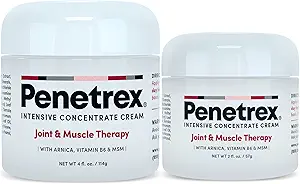
Penetrex Joint & Muscle Therapy Duo – Soothing Relief for Back
Penetrex Joint & Muscle Therapy Duo provides soothing relief for back, joint, and muscle pain with a fast-absorbing, non-greasy formula. Ideal for daily use.
Also Read: What are the Best Natural Remedies for Lower Back Pain?
Final Thoughts: Building Your Arthritis Pain Relief Toolbox
There’s no one-size-fits-all solution for arthritis pain. The best results usually come from a multifaceted approach—combining medication, exercise, diet, and stress management.
💡 Key takeaway: Be patient and open to experimenting. What works today may change over time, and that’s okay. Stay in close contact with your healthcare team to adjust treatments as needed.
FAQs About Arthritis Pain Relief
Q1: What is the fastest way to relieve arthritis pain?
For short-term relief, topical NSAIDs like Voltaren gel or corticosteroid injections often work quickly.
Q2: Can arthritis pain go away on its own?
No. Arthritis pain typically persists, but symptoms can be managed and even minimized with proper treatment.
Q3: Are supplements like glucosamine worth trying?
They may help some people, but results are mixed. Always try supplements under medical guidance.
Q4: What’s the best exercise for arthritis?
Low-impact activities like swimming, cycling, and walking are joint-friendly and highly recommended.
Q5: Can stress make arthritis worse?
Yes. Stress can trigger inflammation and increase muscle tension, intensifying pain. Relaxation practices are essential.
